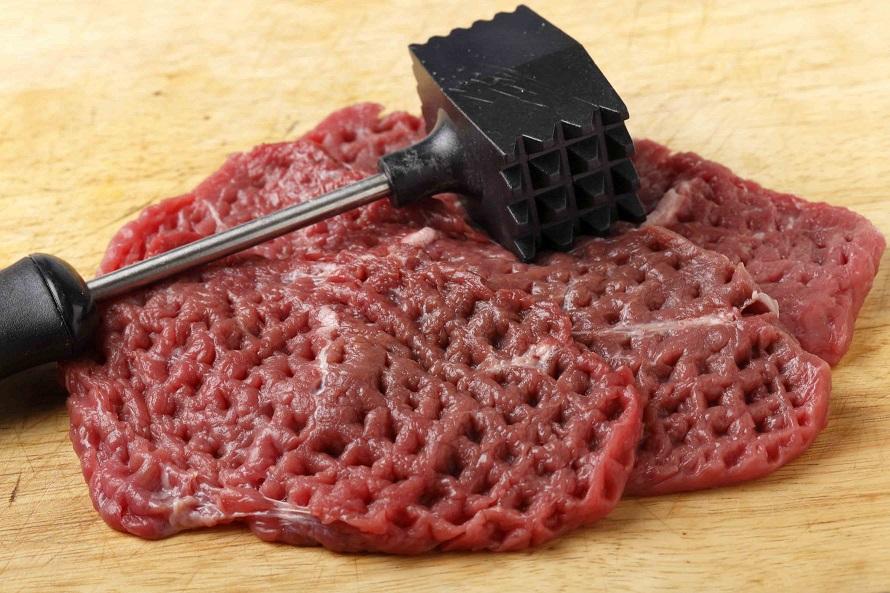Effective Ways to Get Rid of Gnats: Proven Methods for 2025
Gnats can be a persistent nuisance in our homes, especially during warmer months. These tiny flying insects can invade your living space, breeding in damp conditions often found in kitchens and bathrooms. Understanding how to effectively get rid of gnats is essential for maintaining a comfortable and healthy home environment. With a range of options from natural solutions to commercial products, it's important to explore effective ways to control these pests.
This article will delve into various proven methods for gnat removal, including home remedies and preventive measures. We'll explore effective gnat traps, natural repellents, and the importance of sanitation in gnat management. Additionally, we will highlight the significance of plant care in avoiding gnat infestations. By the end of this guide, you’ll be armed with everything you need to eliminate gnats and keep them at bay.
Get ready to discover practical tips and tricks that will help you maintain a gnat-free home in 2025!
Understanding Gnat Behavior and Life Cycle
Before implementing gnat control tactics, it is essential to understand their behavior and life cycle. Gnats thrive in moist environments and are attracted to organic materials where they lay their eggs. Identifying breeding grounds is crucial for effective gnat prevention methods.
The Gnat Life Cycle
Gnats undergo a four-stage life cycle: egg, larva, pupa, and adult. The female typically lays eggs in damp soil or decaying organic matter, and within a week, the eggs hatch into larvae. These larvae feed on roots and organic materials, allowing them to grow rapidly. In a matter of weeks, they can transition into adults, compounding your gnat problem.
Common Types of Gnats
The most prevalent types of gnats include fruit flies, fungus gnats, and drain flies. Each type has distinct breeding habits; for instance, fruit flies are attracted to overripe fruits, while fungus gnats often infest indoor plants. Understanding the specific type can help in selecting the right control method.
How Gnats Attract and Enter Your Home
Gnats can enter through open windows, doors, and even on your clothing or grocery bags. Recognizing how these insects infiltrate your home is key to preventing infestations. Keep windows properly screened and ensure that doors have tight seals. It’s also helpful to maintain cleanliness, especially in areas where food is prepared or waste is stored.
Top Gnat Removal Tips and Strategies
Once you understand the gnat's life cycle and behavior, it's time to implement effective strategies for gnat removal. A combination of methods will yield the best results for long-term pest management.
Home Remedies and Natural Solutions
Using natural gnat repellents can be an effective way to eliminate these pests without the use of harsh chemicals. Essential oils such as lavender, peppermint, or tea tree oil can repel gnats. You can create a simple gnat repellent spray by mixing water with a few drops of essential oil and spraying it in areas where gnats are often seen.
Creating Effective DIY Gnat Traps
DIY gnat traps are a simple and cost-effective way to catch and kill gnats. A homemade trap can consist of a jar filled with apple cider vinegar covered with plastic wrap, with small holes poked in it to attract gnats. Alternatively, a mixture of dish soap and water can help trap gnats by breaking the surface tension.
Commercial Gnat Traps and Solutions
If natural methods don't suffice, consider using commercial gnat traps. These traps are designed specifically to attract and kill gnats effectively. Brands often utilize UV light and sticky pads to lure and catch these pests, making them an excellent option for severe infestations.
Cleaning and Sanitation for Gnat Prevention
Maintaining a clean home is crucial in preventing gnat infestations. Regular cleaning can eliminate the breeding grounds that gnats thrive in.
Effective Cleaning Practices
To keep your home gnat-free, practice regular cleaning routines. Ensure to wipe down surfaces, especially in kitchens and dining areas, where food particles can attract gnats. Don’t forget to check your indoor plants; they can also be a source of moisture and organic matter that supports gnat breeding.
Controlling Moisture Levels
Gnats thrive in damp environments, so it's vital to control moisture levels in your home. Repair any leaks in plumbing, and ensure that drains are clean and not clogged. Regularly check for standing water in pots or overwatered plants, as these can become breeding sites.
Sanitation for Gnat Control in Indoor Plants
For those who enjoy indoor gardening, consider utilizing gnat-repellent plants like basil, marigolds, or rosemary. These plants not only beautify your home but also help deter gnats. Regularly inspect the soil of your potted plants, as unhealthy or overly damp soil can be a gnat breeding ground.
Utilizing Natural Gnat Deterrents
Integrating natural gnat repellents can significantly reduce the chances of infestations. These solutions can range from specific plants to homemade sprays.
Essential Oils as Gnat Deterrents
Essential oils such as eucalyptus, lemongrass, and citronella are known for their pest-repelling properties. Using these oils in a spray can help in repelling gnats from indoor spaces. Dilute a few drops in water and spray around potential gnat entry points.
Creating Your Own Gnat Deterrent Spray
You can also create a robust homemade gnat spray using common household items. For instance, combine vinegar with dish soap or lemon juice, as both are effective in keeping gnats away. Spray this mixture in areas where gnats are frequently spotted to create a barrier.
Conclusion and Future Considerations
In conclusion, getting rid of gnats requires a comprehensive understanding of their behavior, effective cleaning practices, and the implementation of natural and commercial solutions. By taking proactive measures such as maintaining cleanliness and employing gnat traps, you can keep your home free from these annoying pests.
As we look ahead to 2025, awareness of gnat control will continue to evolve, and integrating holistic approaches with non-toxic solutions will be pivotal. Stay informed and prepared to make your living space a haven free from gnats.


